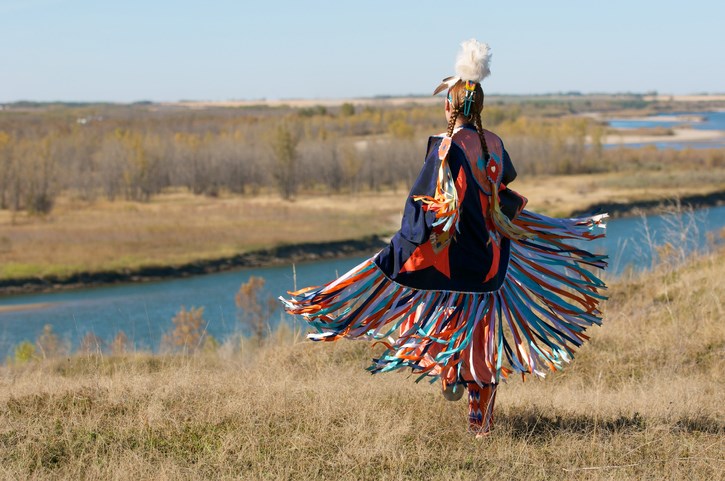Sept. 30 is the National Day of Truth and Reconciliation in Canada, and it has been declared a federal holiday.
While you’ll have federal agencies and some other organizations taking the day off, for most of us, myself included, it’ll be a day of work, like Sept. 30 last year.
But regardless of whether it’s going to be a day off or a day at work for you, regardless of whether you’re wearing orange, since Sept. 30 is Orange Shirt Day, it’s important to take at least some time out of our busy schedule to reflect on the significance, the terrible history Canada has in its treatment of Indigenous peoples, along with where we are now and how far we have to come.
I’ll admit that my record isn’t always the best when it comes to Indigenous people. You won’t find slurs or derogatory comments since I’ve been an adult, but I’ve made many of the same gestures and comments that we’ve heard over the years. And I’ve laughed at inappropriate comments.
It’s not something I’m proud of. In recent years, I’ve resolved to be better. I still have a long ways to go.
I recently read the book Call Me Indian by the late Fred Sasakamoose – the Saskatchewan man who became the first NHL player with Treaty rights, and later in life, became a strong advocate for Indigenous people. Among the topics covered in his book are the residential schools.
I’m an avid reader; I try to tackle a couple dozen books a year. It might have been the first book I’ve read, outside of school, that delves into the history of the Indigenous people in Canada and the residential school system. Saskamoose’s experiences in the residential school system are kept relatively short; just a couple of early chapters.
I’m sure that Sasakamoose only scratches the surface in his book when it comes to the abuse, violence and ridicule he experienced and witnessed at a Saskatchewan residential school.
But of all the stories he shared, the one that was most haunting was that of the graveyard on the school site. The fact that a school in Canada a graveyard because of its abject failure to treat and care for its students properly is appalling.
And the fact that there were other graveyards at Canadian residential schools, much bigger than the one at Sasakamoose’s school, is a disgrace.
Regardless of who operated these schools, the bottom line is this: there was a system in place to scare, berate and even beat Indigenous people in an effort to have them assimilate into Canadian culture.
And this, for a country that prides itself on celebrating diversity. (And we do have a lot to be proud of in our history when it comes to treating people different than ourselves).
Residential schools are part of our past, but not our distant past. The last one closed in Canada 24 years ago. And now we’re left with their terrible legacy.
The damage inflicted on young Indigenous people continues to be felt to this day. Most Canadians alive now aren’t directly responsible for the residential school system; the concept was far earlier than their time. But most Canadians were still alive when the last residential school closed in 1997.
We continue to pay for residential schools now, and will continue to pay for them for decades to come.
Residential schools are only part of the problem. The fact that there are some First Nations reserves in Canada that have gone decades without clean water is also troublesome. People have been born, obtained a driver’s licence, graduated from high school and started a family in less time than it’s taken to remove a boil water advisory.
We have to remember this isn’t going to be solved overnight. If anyone thinks they can solve this issue by driving a dump truck full of money and leaving it on each reserve, they’re wrong. We need to be patient. And when things don’t happen as quickly as we want, we need to remain patient.
We also need to continue to reflect on issues facing Indigenous peoples. Frankly, I was surprised that Indigenous issues didn’t receive more attention during the recent federal election, especially after all the attention that came when graveyards were located in the late spring and summer.
We can’t just spend some time reflecting on these issues for one day a year and then going about our daily lives. These issues need to remain at the forefront.
The National Day of Truth and Reconciliation can’t just be about one day of lip service.






